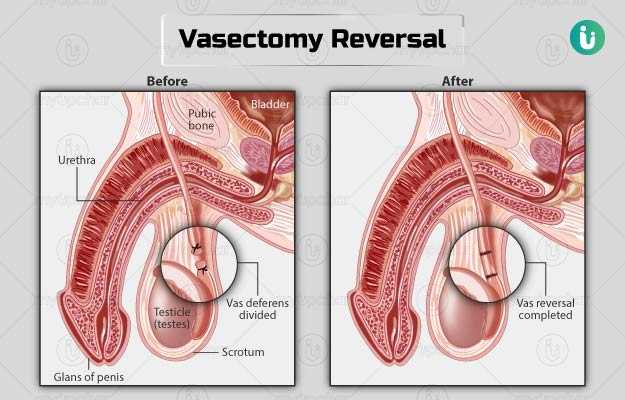Summary
Vasectomy reversal is the surgical procedure to reverse a vasectomy. In this surgery, the ducts for the passage of sperm into the urethra is reopened. The procedure help a man to regain fertility. Vasectomy reversal can be done in one of the two ways - vasovasostomy and vasoepididymostomy.
Before either of the procedures, blood tests will be done to check for antibodies towards sperms (proteins in blood that act against sperms) in your body, and you may be asked to stop smoking. The surgeries may be done under local, general, or regional anaesthesia and may take two to four hours to complete. You will be allowed to go home on the same day of surgery and resume work in about two to four days.
After the procedure, you will be advised to wear a snug pair of cotton briefs for support and abstain from any sexual activities for three weeks.
These surgeries have some risks such as infection, damage to the blood vessels in the scrotum, or failure of the surgery. Your follow-up visit will be scheduled about two to three weeks after the surgery. Call your healthcare provider immediately if you observe any symptoms like pain, swelling, or fever.








































